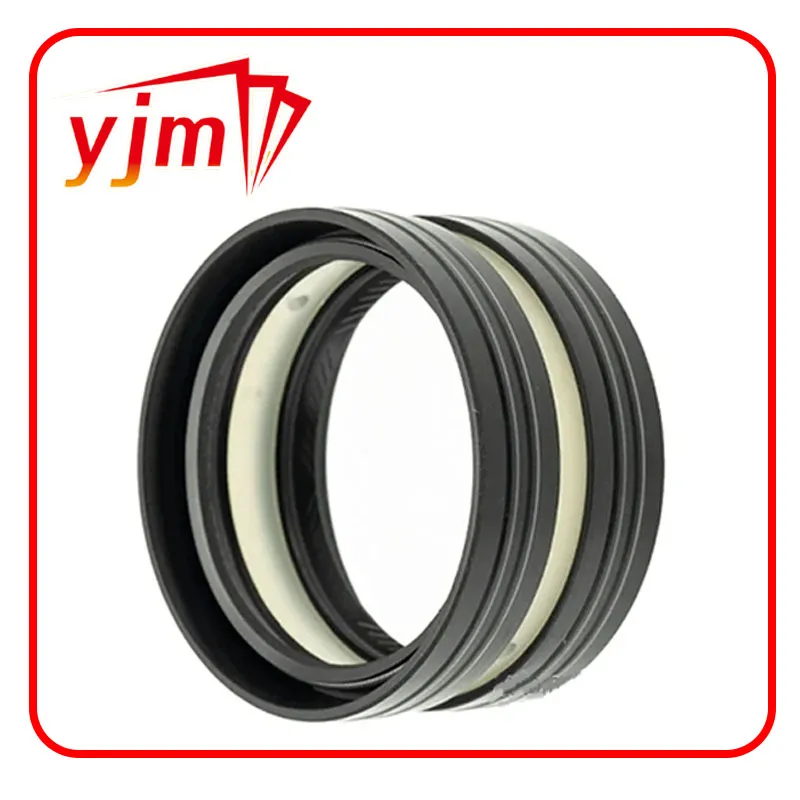Understanding Gearbox Input Shaft Seal Functionality and Importance in Vehicle Maintenance
Understanding Gearbox Input Shaft Seal Importance and Maintenance
The gearbox input shaft seal is a critical component in the transmission system of vehicles, playing a vital role in ensuring the efficient operation of the gearbox. Its main function is to prevent lubricating oil from leaking out of the gearbox while also preventing dirt, water, and debris from entering the gearbox. This seal is crucial for maintaining the integrity of the transmission system, as any failure can lead to significant performance issues and costly repairs.
Function and Importance
The input shaft seal is specifically designed to accommodate the rotation of the input shaft while sealing the gap between the gearbox housing and the input shaft. When the vehicle is in operation, the input shaft transfers power from the engine to the gearbox, which in turn drives the wheels. The seal must withstand high levels of pressure and friction generated during this process.
If the input shaft seal becomes worn or damaged, it can lead to oil leaks. This not only reduces the lubrication available to the gearbox components but can also create contamination from external elements. A lack of lubrication may result in increased wear and tear on vital parts of the gearbox, which can lead to premature failure. In severe cases, a complete gearbox breakdown can occur, necessitating an expensive repair or replacement.
Symptoms of Input Shaft Seal Failure
Detecting a failing gearbox input shaft seal early can save vehicle owners time and money. Some common symptoms of a failing seal include
1. Oil Leaks The most noticeable sign is the presence of oil puddles underneath the vehicle. Leaks can appear around the gearbox area, indicating that the seal might be defective.
gearbox input shaft seal

2. Decreased Performance If the gearbox is not properly lubricated due to oil loss, drivers may notice slipping gears, unusual noises, or difficulty in shifting.
3. Warning Lights Some vehicles are equipped with transmission fluid temperature warning lights that can activate if the fluid levels are low due to leakage.
4. Contamination If dirt or water enters the gearbox due to a compromised seal, it can create abrasives that accelerate wear on internal components, leading to additional issues.
Maintenance and Replacement
Regular maintenance is essential for ensuring the longevity of the gearbox input shaft seal. Checking transmission fluid levels regularly and maintaining clean fluid can help prevent excessive wear on the seal. If there are signs of leakage, it is crucial to address the issue promptly to avoid potential damage.
Replacing a faulty input shaft seal typically involves removing the gearbox from the vehicle, which can be labor-intensive. It is advisable to seek the assistance of a professional mechanic for this task. While some may consider it a DIY project, the complexity and potential for further damage could lead to higher costs in the long run if not handled properly.
Conclusion
In conclusion, the gearbox input shaft seal is an essential part of a vehicle's transmission system that should not be overlooked. Understanding its function and being aware of the symptoms of failure can help drivers maintain their vehicles more effectively. Routine checks and prompt attention to leaks or performance issues can extend the life of the gearbox and ensure optimal vehicle performance. By prioritizing the maintenance of the input shaft seal, vehicle owners can avoid costly repairs and enjoy a smoother driving experience.
-
The Ultimate Guide to Boat Propeller Bearings and Trailer Wheel Bearings
News Jul.31,2025
-
The Essential Guide to Marine Bearings and Boat Trailer Wheel Bearings
News Jul.31,2025
-
The Complete Guide to Heavy Duty Seals: Protecting Doors and Spaces Efficiently
News Jul.31,2025
-
Essential Guide to Marine Shaft Bearings and Boat Trailer Axle Bearings
News Jul.31,2025
-
Comprehensive Guide to Marine and Trailer Bearings for Safe Boating and Transport
News Jul.31,2025
-
Comprehensive Guide to Automotive Oil Seals: Protecting Your Engine and Shafts
News Jul.31,2025
-
Understanding Automotive Oil Seals: Essential Components for Engine and Shaft Protection
News Jul.30,2025
Products categories















